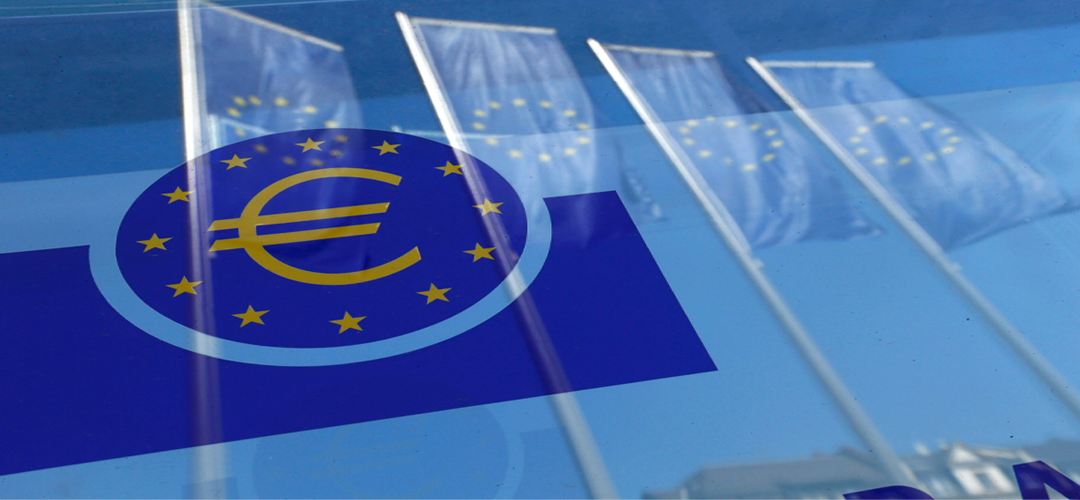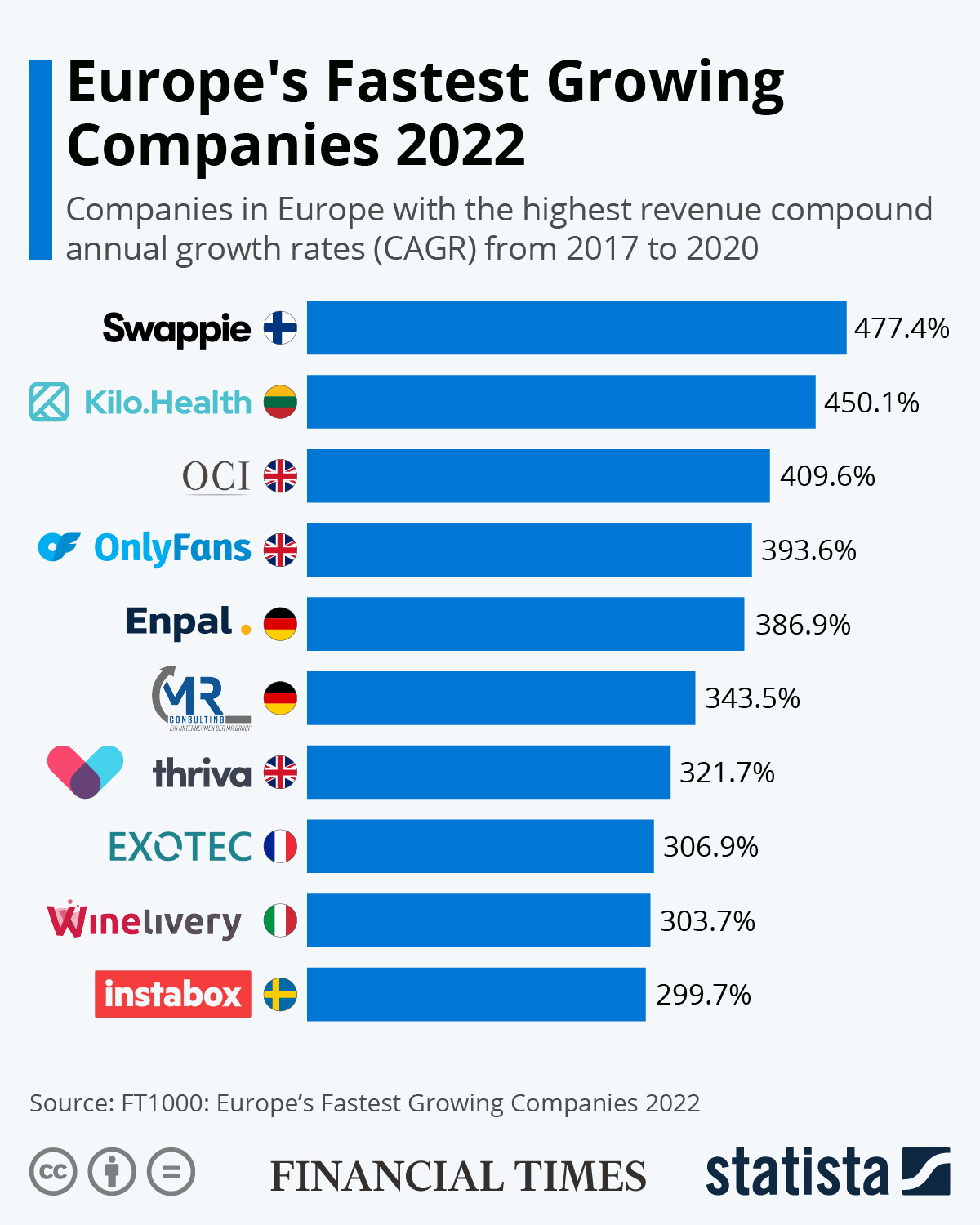Where is the Eurozone Headed?
February 11, 2023 | Expert Insights

A few days ago, the Italian Ministry of Foreign Affairs and International Cooperation and the Italian Institute for International Political Studies (ISPI) came out with a policy paper, "EU Economy: Fit for the Future,” that outlined the foundation and challenges in the EU economy. The paper also provided some prescriptions and an overview of the policies and institutional changes needed to revitalize the EU growth model to make it future-ready.
Background
The European economy has performed well in the past two years, driven by strong fiscal and monetary policies and resilient international trade, a cornerstone of the EU's growth model based on free trade and globalization.
However, the COVID-19 pandemic and recent geopolitical events have intensified global and internal challenges that threaten the success of the EU's growth model. The model has relied on devolving defence and security to NATO, prioritizing growth and competitiveness, and relying on German export leadership. However, it has also resulted in dependence on intermediate goods, wages, energy prices, and Russia. The shift of the world's economic centre to the Pacific, the global tech race, and growing tensions between the EU and the U.S. have also impacted international political and economic relations, leading to a trend of reshoring, nearshoring, and friend-sharing. The COVID-19 pandemic and war in Ukraine have only exacerbated these trends.

Analysis
The European economy has played a significant role in the global economy for many years. Demographic shifts, technological developments, trade dynamics, and policy choices made by European states and the EU are just a few of the elements that will influence the direction of the European economy in the years to come. Economists think the European economy will continue to grow because of increased productivity and innovation, even though there may be problems like an ageing population and more competition from economies just starting out.
The ageing of Europe's population is one of the continent's biggest economic problems. The number of older people in Europe is expected to grow dramatically in the next few years. This will strain social security systems and reduce the number of people who work. As a result, fewer individuals will be available to work and support the rising number of retirees. To address this quandary, governments and the EU will need to implement policies that support the retention of older workers while also making it easier for younger people to enter the labour force, which will substantially impact the economy.
Increased competition from emerging economies is another issue the European economy must deal with. Emerging economies, like China and India, have grown in recent years and are now essential parts of the world economy. Due to the increased competition, European businesses will have to come up with new ideas and work harder to stay ahead. Governments and the EU will need to assist companies to remain competitive, for instance, by funding entrepreneurship and R&D.
Trade dynamics will also influence the future European economy's direction. Trade is a crucial contributor to economic growth, and the EU is one of the world's greatest trading blocs. In recent years, the EU has signed several trade agreements, including the Transatlantic Trade and Investment Partnership (TTIP) and the Comprehensive Economic and Trade Agreement (CETA) with Canada and other countries. Although these agreements have aided in boosting trade between the EU and its trading partners, they have also drawn criticism because they are considered a danger to standards and employment.
The transition to a low-carbon economy and digitalization will greatly influence future economic development in Europe. The Paris Climate Agreement, which the EU and its member states signed, intends to keep the rise in global temperature below 2 degrees Celsius and to continue efforts to keep it at 1.5 degrees. Europe strives to be the first climate-neutral continent by 2050, the journey will be challenging and call for bold, visionary, concerted, and well-coordinated government action. For the good of everybody, policymakers must set a clear course, show the way, and take the most feasible route. Regulations, incentives, and the right investments can bring about the big social, cultural, and economic changes needed while ensuring prosperity and fairness. Investment in infrastructure is essential to identifying efficient, environmentally friendly, and fairly distributed transition pathways and ensuring that the uphill journey is manageable. New job prospects and commercial opportunities will result from these developments, but they will also necessitate major financial outlays and alterations to the way of life and work.
The emergence of new technologies like artificial intelligence, the Internet of Things, and the expansion of the internet are changing how we work and live. In the coming years, the digital economy is expected to keep growing quickly, giving businesses new opportunities and creating new jobs.
Assessment
- The future of the European economy holds many opportunities for growth and development. The EU must address the challenges of an ageing population, increased competition from emerging economies, and the transition to a low-carbon and digital economy.
- The EU can ensure its economy is fit by bridging the investment gap for sustainable and resilient growth, improving European economic governance, and reforming the decision-making system for strategic autonomy. It suggests balancing state aid policies and mitigating the risk of dependence on foreign states in strategic areas while considering the potential impact on deglobalization processes.
- Governments and the EU will need to aid companies in their attempts to seize these opportunities, for instance, by putting money into digital infrastructure and boosting digital skills.








Comments